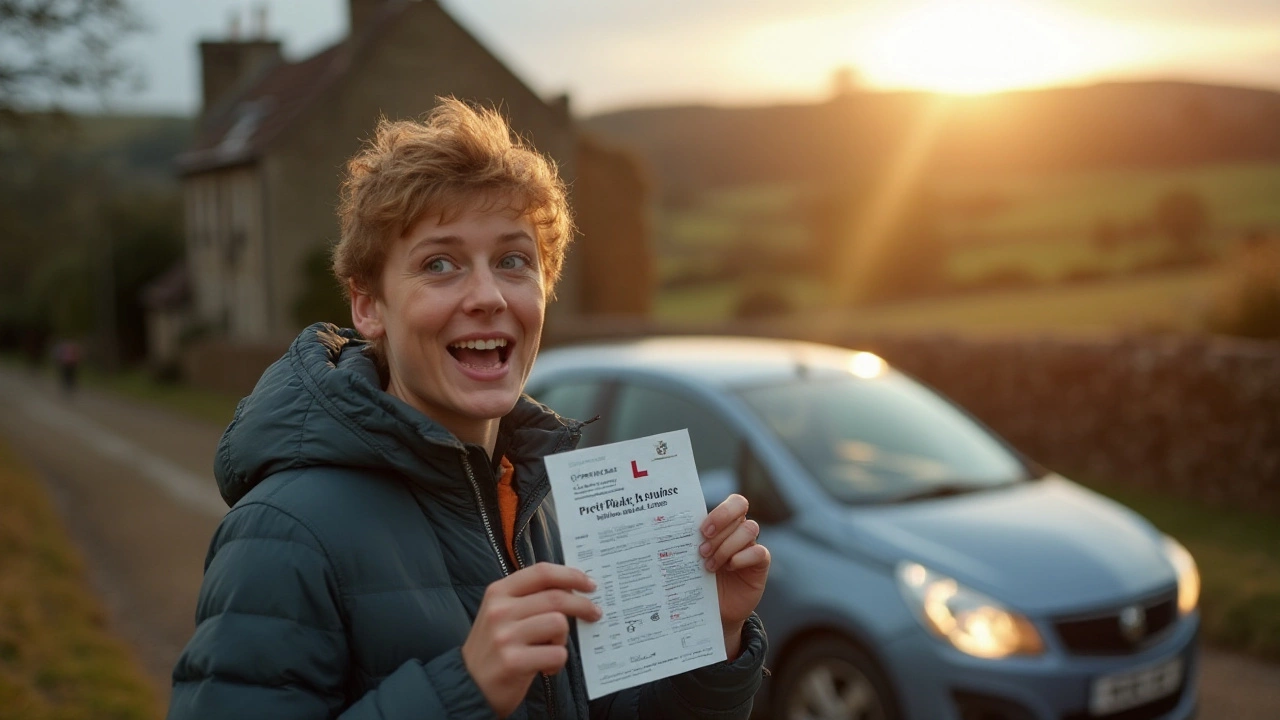Learner's License: What You Need to Know Before You Hit the Road
If you’ve never held a learner's license, the whole process can feel like a maze. The good news? It’s all step‑by‑step, and you can master each part with the right focus. First, you’ll need a provisional licence, then pass the theory test, and finally book practical lessons that fit your schedule. Below we break down each stage into bite‑size actions, so you can move from zero to driving confidence without the usual panic.
How to Pass the Theory Test
The theory test is the first real hurdle. It’s not about memorising every road sign; it’s about understanding how they work together. Grab a set of practice questions—most sites let you take a timed mock test. Do at least two full practice runs, note the questions you miss, and look up the explanations. Highlight the “hazard perception” clips that give you a feel for real‑world driving. A quick tip: eat a light snack before the test, like a banana or yoghurt, to keep your energy steady and avoid nerves.
When you book the test, pick a slot when you’re usually alert—many learners find mornings work best. Arrive ten minutes early, bring your provisional licence and a valid ID, and keep your phone on silent. If you stumble on a question, remember you can mark it for review and come back later. Most people pass on the first try when they’ve done the practice runs and stay calm.
Booking Lessons and Building Confidence
After the theory test, it’s time for practical lessons. Start with a professional instructor for the first few sessions; they’ll teach you the basics—clutch control, mirrors, and simple maneuvers. Once you feel the car responds to you, you can switch to a friend with a good track record, but always keep the instructor’s feedback in mind.
Schedule lessons when you’re not rushed. A 45‑minute session is ideal; it’s long enough to cover a skill but short enough to keep focus high. After each lesson, write down three things you did well and two areas to improve. Review these notes before the next drive; it turns vague feelings into concrete actions.
Practice makes confidence, but the right kind of practice matters. Use quiet streets for basic control, then move to busier roads once you’re comfortable with lane changes and roundabouts. Don’t skip the “parking drill”—parallel and angle parking often trip up new drivers, and mastering them early saves a lot of stress later.
Finally, remember that nerves are normal. If you feel your heart racing, take three deep breaths, grip the steering wheel lightly, and focus on the road ahead rather than the outcome. A quick stretch before you get in the car can release tension too.
Getting a learner's license isn’t a race; it’s a series of small wins. Pass the theory test, book sensible lessons, and practice with purpose. Follow these steps, stay patient, and you’ll be ready for the practical test before you know it.
- October 25 2024
- 0 Comments
- Rowan Cavendish
Understanding Provisional Licenses: Your Guide to Getting Started on the Road
A provisional license is an essential step for new drivers eager to hit the road. This article provides key insights into what a provisional license entails, including eligibility, restrictions, and the benefits it offers young drivers. Additionally, readers will discover practical tips for making the most of their learner's journey while ensuring safety and compliance with legal requirements.
- Driving Lessons (41)
- HGV Training (31)
- Driving Test Tips (31)
- Driving Test Booking (26)
- Driving Licence Renewal (23)
- Driving Theory Test (21)
- Intensive Driving Course (16)
- Pass Plus Course (15)
- Driving Tips (15)
- Driver Licensing (14)
Categories
- December 2025 (13)
- November 2025 (13)
- October 2025 (21)
- September 2025 (5)
- August 2025 (8)
- July 2025 (30)
- June 2025 (30)
- May 2025 (30)
- April 2025 (31)
- March 2025 (30)
- February 2025 (28)
- January 2025 (34)
Archives
- driving lessons
- driving test
- driving tips
- intensive driving course
- driving test tips
- HGV training
- learn to drive
- driving theory test
- driver training
- driving test booking
- pass driving test
- HGV driving
- road safety
- driving license renewal
- Virginia driving test
- learner drivers
- safe driving
- Virginia driver's license
- driving license
- learning to drive

